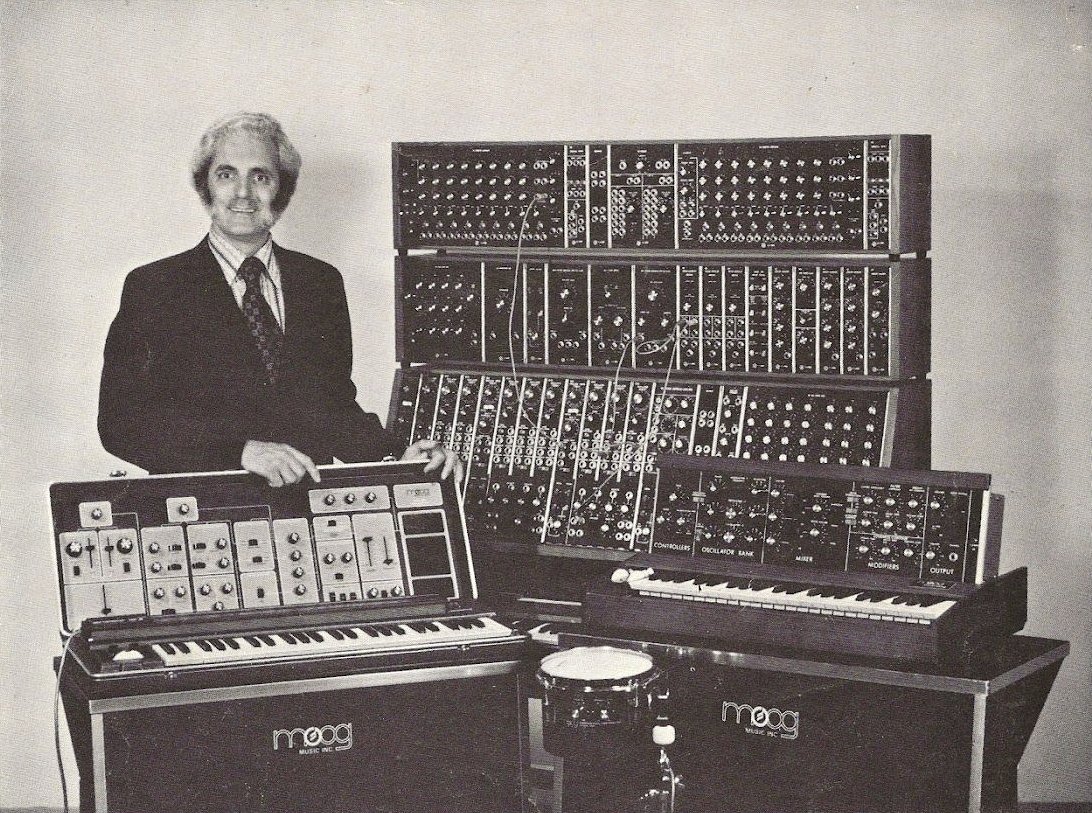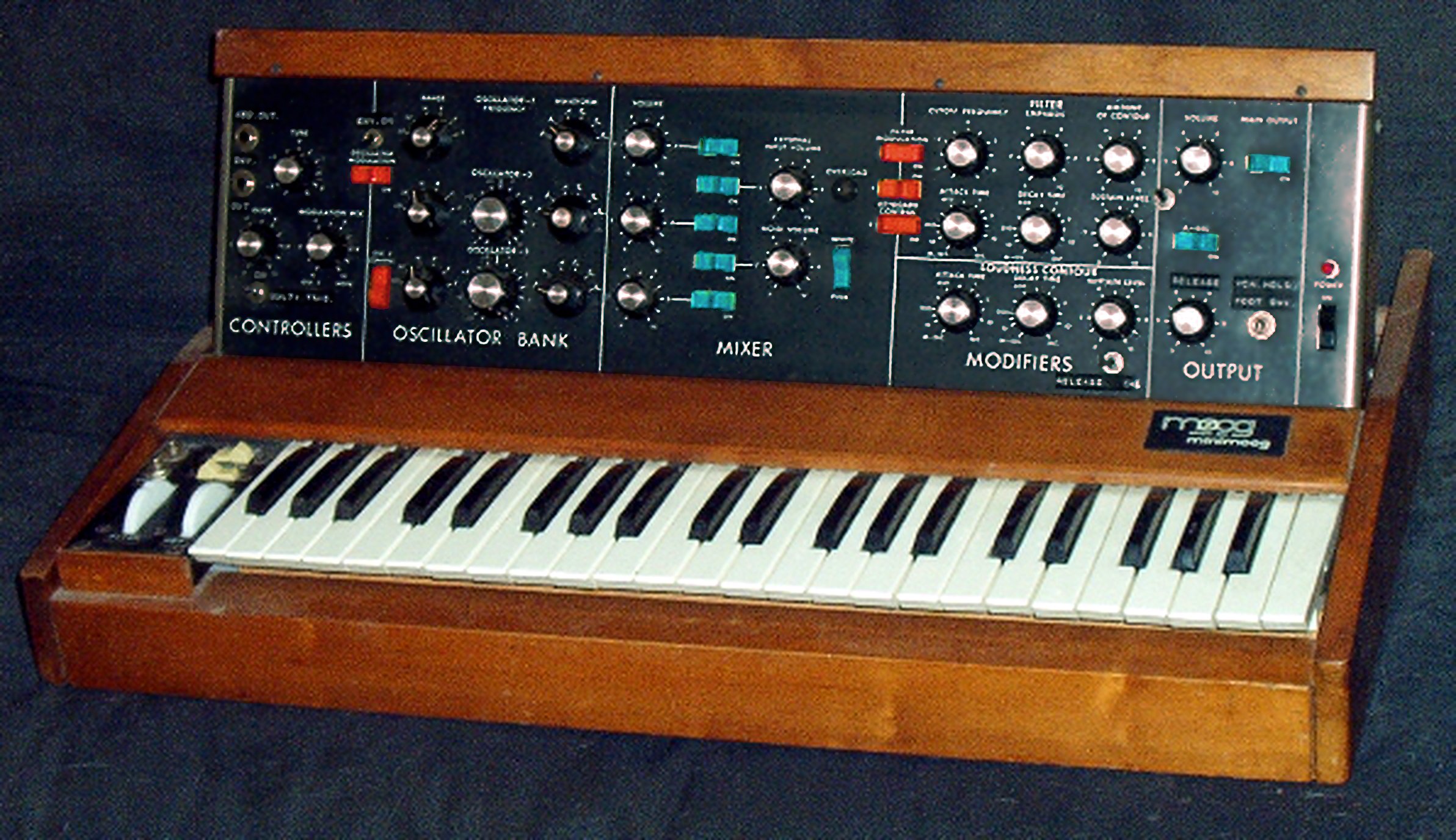The Comprehensive Guide to Synthesis in Music Production
I. Evolution and History of Synthesis
1. Early Synthesis Concepts
The genesis of synthesis traces back to the late 19th and early 20th centuries, with experiments in telegraph-based technologies that manipulated electrical signals to create sound. Innovations such as the Theremin and Ondes Martenot demonstrated early electronic sound generation, paving the way for later developments.
2. Analog Synthesis Era
Robert Moog's groundbreaking work in the 1960s introduced the modular synthesizer, altering the landscape of music creation with voltage-controlled oscillators (VCOs), filters, and envelopes. The Moog synthesizer's impact was pivotal in shaping electronic music, introducing the concept of subtractive synthesis.
The concept of subtractive synthesis involves generating rich harmonic waveforms using oscillators and sculpting the resulting sound using filters and envelopes. This technique became the foundation of many synthesizers, allowing for the creation of a wide range of timbres and textures.
3. Digital Synthesis and Beyond
The introduction of digital synthesis techniques in the 1980s expanded sonic possibilities. Yamaha's DX7 and its implementation of Frequency Modulation (FM) synthesis revolutionized sound creation, enabling the production of metallic and complex timbres previously unattainable with analog synths.
Sampling and wavetable synthesis emerged as influential methods, allowing producers to manipulate recorded sounds or cycling through predefined waveforms to create evolving textures and sonic landscapes. These digital technologies opened new creative avenues, enabling the recreation of realistic instruments and evolving soundscapes.
II. Fundamental Synthesis Techniques
1. Subtractive Synthesis
Subtractive synthesis involves the generation of harmonic-rich waveforms using oscillators, filtering them through various filters (low-pass, high-pass, band-pass, notch) to shape the timbre, and modulating the amplitude over time using envelopes. Understanding the interplay between oscillators, filters, and envelopes is key to shaping and evolving sounds.
2. FM Synthesis
FM synthesis revolves around using operators to modulate the frequency of other operators, creating complex and evolving sounds. The intricate relationships between operators, modulators, and carriers in FM synthesis enable the production of metallic, bell-like tones, and dynamic textures.
3. Wavetable and Granular Synthesis
Wavetable synthesis involves cycling through or crossfading between different waveforms, enabling the creation of evolving textures and timbres. Granular synthesis manipulates small grains of audio to generate intricate and ambient soundscapes, allowing producers to sculpt sounds at a microscopic level.
III. Types of Synthesizers
1. Analog Synthesizers
The golden era of analog synthesizers birthed iconic models like the Moog Minimoog, ARP 2600, and Sequential Circuits Prophet-5. These instruments have left an indelible mark on music, offering rich and characterful sounds that define many genres.
Modular synthesizers, epitomized by systems like Eurorack and Buchla, provide unparalleled flexibility and customization, allowing users to create personalized sonic architectures.
2. Digital and Hybrid Synthesizers
The Yamaha DX7's FM synthesis brought digital synthesizers to the forefront, showcasing the potential of digital sound generation. Virtual Analog Synthesizers, such as Access Virus and Nord Lead, combine digital technology with analog-style sound generation, offering versatile sonic capabilities.
3. Software Synthesizers (Soft Synths)
Software-based synths like Native Instruments Massive, Serum, and Arturia V Collection have democratized synthesis, providing affordable and accessible tools for aspiring and professional producers. These virtual instruments encapsulate diverse synthesis methods, offering a wide range of sounds and features.
IV. Synthesis in Practical Music Production
1. Sound Design and Texture Creation
Beyond preset browsing, synthesis empowers producers to create custom sounds tailored to their compositions. Crafting ambient pads, evolving textures, and expressive leads using synthesis techniques adds depth and character to music.
2. Sequencing and Arpeggiation
Synthesis plays a crucial role in crafting sequences and arpeggiated patterns that drive the rhythmic and melodic elements of a track. Arpeggiators and modulation techniques add movement and dynamic variation to sequences.
3. Layering and Stacking Sounds
Layering and blending different synthesized elements can create depth and complexity in compositions. Combining diverse synthesis techniques allows for the creation of unique and intricate sonic landscapes.
Conclusion
Synthesis continues to be a cornerstone of music production, offering an expansive playground for sonic exploration and innovation. Embracing its historical evolution, mastering fundamental techniques, exploring various synthesizers, and implementing practical applications empowers producers to sculpt their sonic visions with precision and creativity.
Unlocking the potential of synthesis not only broadens the sonic palette but also fosters a deeper understanding of sound creation and manipulation. Its boundless possibilities lay the foundation for artists to push creative boundaries and shape the future of music.











